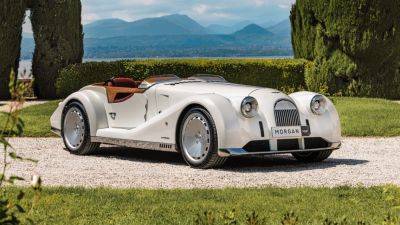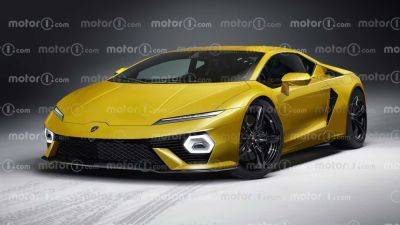The elegant legends powered by the Straight Eight engine
- Slide of
When a new engine layout becomes popular, it tends to hang around for a very long time.
The straight eight, so named because its eight cylinders are lined up in a single row, is a rare exception. Introduced just after the First World War, it was widely adopted for both road-going and competition cars throughout Europe and North America, but fell out of favour in the 1950s and has hardly been heard of since.
- Slide of
The Straight Eight
That’s unfair, though there were various reasons for this, including packaging problems – the engines were inherently long — and the difficulty of reliably fuelling all the cylinders equally effectively, but we have reason to regret the way things worked out, since few engines sound much better than a straight eight.
In this tribute to one of the grandest of all engine layouts, we present, in chronological order, 29 examples of production cars fitted with straight eights, followed by a much later concept — and most of them look splendid:
- Slide of
Isotta Fraschini Tipo 8 (1919)
By general agreement, the Tipo 8 was the first car sold to the public with a straight eight engine. The Italian Isotta Frachini company devised a 5.9-litre unit which helped make its first post-war vehicle a credible alternative to those being produced by rival luxury makers Rolls-Royce and Hispano-Suiza.
The engine was later enlarged to 7.4 litres for the Tipo 8A and 8B, the latter proving to be exactly the kind of car the world didn’t need during the Great Depression of the 1930s.
- Slide of
Leyland Eight (1920)
Isotta Fraschini was soon faced with a European straight eight rival in the luxury class when Leyland launched its new model. Created when Leyland’s chief engineer was John Parry-Thomas (1884-1927), who would later hold the Land Speed Record – and was killed in an accident while trying to get it back – the Eight initially had a 6.9-litre engine, and was praised for being both remarkably quick and equally remarkably quiet by the standards of the early 1920s.
Like Isotta Fraschini, Leyland felt the need for more capacity, and took its engine out to 7.3 litres in 1921, but abandoned production two years later.
- Slide of
Duesenberg Model A







